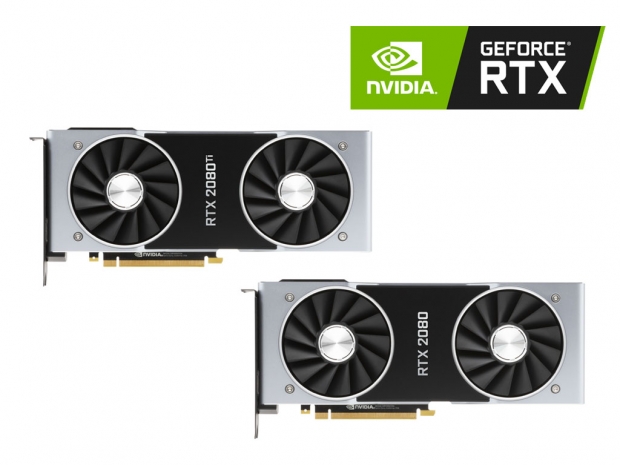Index
- Nvidia Geforce RTX-series is born
- Turing architecture and RTX series
- The new Turing architecture in more details
- Shader improvements and GDDR6 memory
- Nvidia RTX Ray Tracing and DLSS
- The Geforce GTX 2080 Ti and GTX 2080 graphics cards
- Test Setup
- First performance details, UL 3DMark
- Shadow of the Tomb Raider, Assassin’s Creed: Origins
- The Witcher 3, Battlefield 1
- F1 2018, Wolfenstein II: The New Colossus
- Power consumption, temperatures and overclocking
- Conclusion
- All Pages
Review: Ray-tracing, plenty of performance and bright future for gaming
Back at a dedicated event during Gamescom 2018 in Cologne, Germany, Nvidia officially unveiled the new Geforce RTX series and the Turing GPU, but only gave a glimpse of what is coming and what it will mean for future gaming, and that future is bright in our book.
In case you missed it back then, when Jensen Huang took the stage, the Nvidia RTX series is based on a brand new Turing architecture, which, in Nvidia words, “reinvents graphics”, by including some new parts of the GPU, like the RT and Tensor Cores, new AI features, advanced shading, and pushing game development in a new direction and future, one that is not only exciting for gamers but even seem to be pulling a lot of game developers to its side.
Despite the lack of competition, which is mostly to blame for every shortcoming of the new Nvidia Geforce RTX series, Nvidia is pushing hard to bring new features, some of which will take time to actually become viable, raising the performance level, as well as pushing game development in a new direction and bringing a new level of graphics and reality to PC games.




